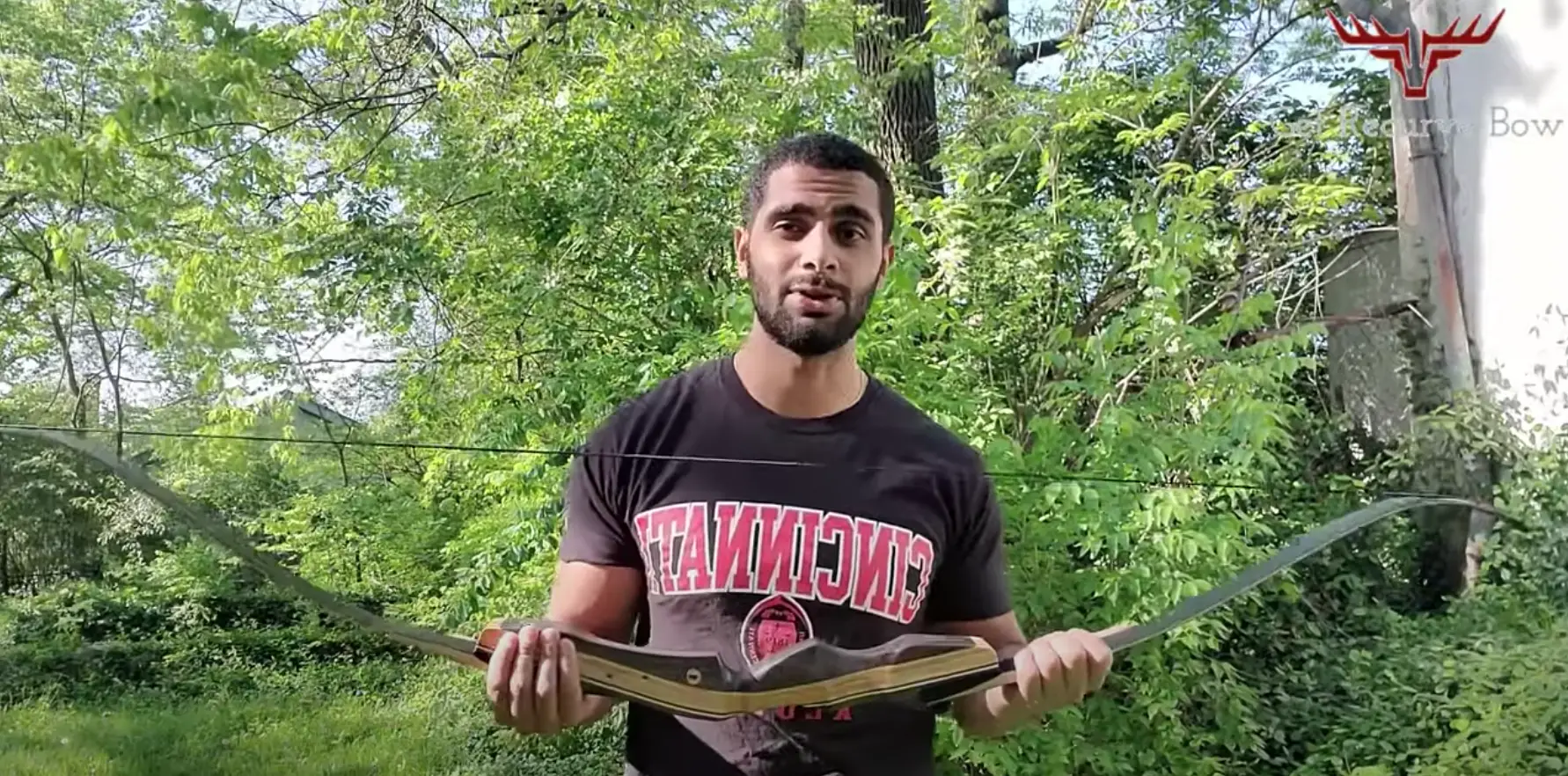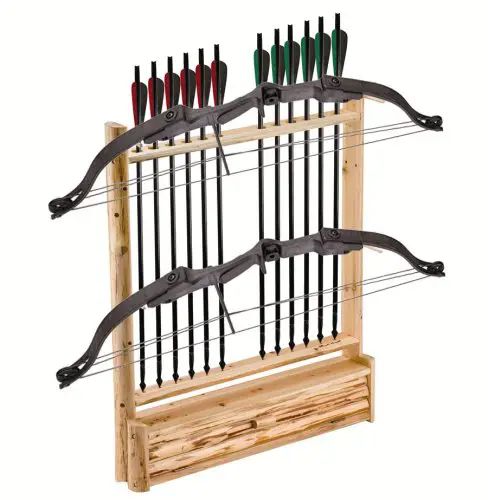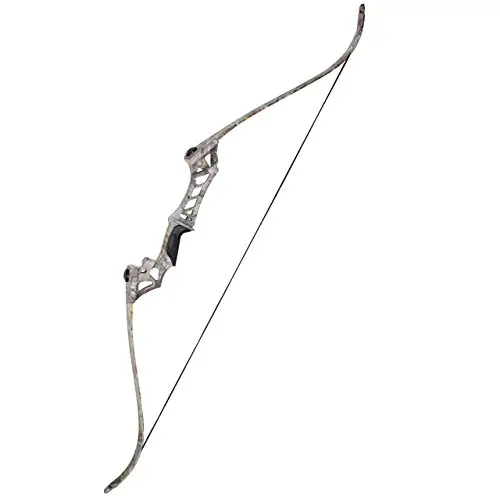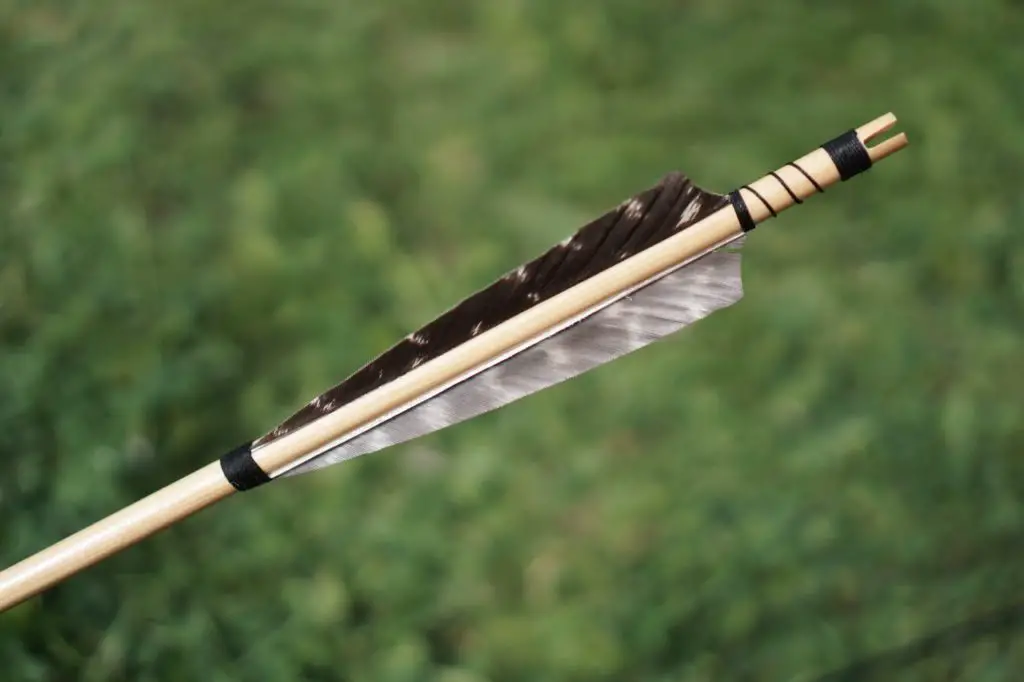Target archery can be very frustrating. A bit like golf, if you can repeat the shot perfectly, time after time, then you have the technique to make it to the highest levels in the sport. All you need now is some mental training and the “best” Olympic recurve bow. But do you really need the best bow available and by best, what do we actually mean?
Let’s look at some of the best archers in the world. Do they have the best bows? Well if they have just won a medal, then their answer would be yes. One thing to remember about most of these athletes is that they are sponsored to shoot with top-of-the-range equipment in order to promote sales for these archery equipment manufacturers. We must remember that these manufacturers are in the industry to make money. Yes, there is progress each year with new designs and materials, but most bows that are 10, or even 15 years old will outshoot the archer.
So what are the “Top” brands producing Olympic-style recurves on the market today? We have Hoyt from the USA. Win&Win from South Korea. (South Korea is the powerhouse of modern-day archery), as well as Fivics and MK archery, which are also both from South Korea.
Some other companies have in the past delved into the Olympic recurve arena, and these include Yamaha and PSE. Another brand that is quite new on the scene is Uukha from France. This company uses carbon for its risers and limbs, which makes the bows both light and fast.
However lately, Chinese brands have been getting more and more exposure. Topoint, Sanlida, Junxing, Skylon, and Pandarus are just a few.
As archers, what do we want as an Olympic recurve target bow setup? Where do you start? First, what is your budget? Do you have unlimited funds or are you working to a strict budget? Either way, you can purchase equipment that will fulfil your needs perfectly.
Olympic Archery Riser
So let’s start with what the archer holds onto. The Riser. When choosing a riser there are a number of things to think about. First, and this goes hand in hand with the limbs as well, what is your draw length and your height? Risers come in different sizes, as do the limbs. By mixing and matching you come to a bow size that works with your draw length and height. The table below shows a basic correlation between draw length and bow length.
A great bit of advice I was given when I started my archery journey, was to buy the best riser I could at the time. You may ask, why? I did. As you progress with your shooting, you get stronger and therefore change limb/draw weight. Yes, risers do allow for some limb/draw weight adjustment, but you will be changing limbs as you progress. The riser remains. So what do we want in a riser?
Is the weight of the riser good for the archer? If you have a heavy riser, it may be difficult to hold up and in the worse circumstance, cause injury. The material it is made from can have a great effect on this. Carbon risers are relatively light compared to aluminum alloy versions. However, they are usually more expensive as well.
Adjustment is also something to look for with a riser. Can you adjust the limb draw weight? On most good risers you can move the limb bolts in and out and adjust the weight _+ 10% of what the limbs are rated at.
Some new risers allow for different draw settings as well. They have a Performance, Hybrid, and Smooth setting depending on what the archer prefers. One other thing to look at with the riser is what you can attach. Does it have places to screw in stabilizers, dampers, and weights, and are these spots, bushes, or just tapped holes? It all makes a difference.
The last two things to look at with the riser is the grip, which is what the archer actually holds. This changes greatly from riser to riser and brand to brand. As an archer, you need to try the grips and find the one you prefer. You can get after-market grips, but again you do need to check them.
The last thing is what some may find the most important. Color and looks. Do you like how it looks and is it the color you want? It may seem trivial but a lot of archers only buy equipment that matches in color.
Olympic Recurve Bow Limbs
Next, let’s look at the limbs. Olympic recurve bows have separate limbs that can be removed for easier transport of the bow. Materials vary as well from Maple wood and resin to foam and carbon. Bamboo is also used in the production of limbs.
Which are the best? Modern limbs have changed from what they used to be. Old limbs were affected by the weather (heat and moisture) which would change how the bow shot. Today, with modern ways of producing limbs, they are not affected anymore.
Apart from the weather, it once again comes down to the archer when we talk about the best limbs. By changing the materials used and the shape of the limb curve, the way limbs feel to draw and shoot will change.
I myself prefer a smooth draw with no stacking and easy to pull through the clicker with a smooth shot. Other archers I know prefer a “Harsher” draw that is heavier to pull through the clicker and a “snappier” shot. For my first bow, because of this, I chose Hoyt limbs over Win&Win. Both were top-of-the-range limbs but I preferred the smoother drawing ones.
Recently I have moved to a different brand of limb. I now shoot Uukha limbs. The materials used are carbon and resin and the limbs are molded into shape under pressure. I find these limbs really smooth to draw and they do not stack at full draw.
Due to their shape and materials used they are also faster than my old limbs at the same draw weight. This extra speed allows me to shoot at a lower draw weight overall, but maintain the distances. I know Jake Kaminski tried these limbs but did not like the way they did not stack. As you can see it does come down to the archer.
Recurve Bow Olympic Level String
When it comes to Olympic recurve archery, many things can affect how the arrow flies to the target. The two points that the arrow touches on the bow are the button/rest and the string.
Lots of people don’t realize just how much effect the string can have on a recurve bow. Not just string material but also the number of strands and brace height and tiller.
First, the material we use for strings can vary. Today, they are usually man-made and have very little or no stretch. This is so they remain consistent over time and through all types of weather.
Strings made from Fast Flight or BCY8125 are the most commonly used. However, when wet, they will slow down, therefore the arrows hit lower on the target. The numbers of strands also make a string either faster or slower, but strings with less strands are said to be less forgiving but faster.
The usual numbers of strands in a string are between 16-20, with 18 being a happy medium. The brace height and tiller will need to be adjusted to make the bow shoot well and that comes under tuning a recurve bow, which is another discussion to have at a later date.
We have had a look at the riser limbs and string, but what else makes the best Olympic recurve bow?
Recurve Bow Sight for the Best Accuracy
We need to look at what we can add to the bow to make it more accurate and easier to aim and shoot consistently. Our first addition to anything that we can shoot, to make it more accurate, is a sight with a sight pin that installs the archer with confidence.
Sights allow the archer to line up the string with the sight pin and aim at the target.
Having a sight that is micro adjustable, up and down and side to side, will allow the archer to put their arrows exactly where they want them to go. Not all sights are made equal and the most expensive sights are very good but you can get sights half their price, that do the same job.
Check out this list of the Best Recurve Bow Sights.
Olympic Archery Stabilizers
Olympic recurve bows also have equipment on them that not only helps the archer hold the bow steady, but also dampens out any vibrations the bow might have. This is the stabilizer system. Stabilizers are rods, usually made from carbon, that have weights added to the end.
These rods act as a fulcrum and with the weights at the end, make it difficult for the archer to move the riser, thus allowing the archer to aim more precisely.
The carbon rods may also have a rubber damper on the end that reduces the bow’s overall vibrations. The stabilizers used, are a long rod sticking out the front of the bow. This is around 30-34” in length.
The amount of weight that are added will be dependent on what the archer can hold up. There will also be two short rods that stick out the side of the bow at an angle. Where the long rod reduces up and down and side to side movement, the side rods reduce torquing or twisting of the riser.
We recommend something simple like the AMEYXGS Olympic Stabilizers.
There are lots of other things that need to be added to an Olympic recurve bow in order to shoot well. Arrow rests, clickers, clicker plates, and some archers use limb dampers on their limbs and also dampers on their sights. So can you get everything you need in one place? Do bow manufacturers have bow sets for the archer and are they the best out there?
There are a few bow sets available to purchase. These come with everything the archer needs to shoot, straight out the box. Sanlida and Junxing both have an Olympic recurve bow sets that comes with everything you need to shoot. They are adequate when starting out, but are they the best? Will they win you a competition? If you shoot well enough, yes you can. But is this the best way or could you get equipment that fits the archer better?
To find out you will need to mix and match. Find a riser that you like. Not just looks but also how it feels to hold, the weight and what it’s like when you shoot with it.
Look for limbs that suit your shooting style. Do you want smooth drawing limbs or snappy limbs when shot. Find a string that works how you want. Is it forgiving and do the arrows fly well from it? Does it make a loud noise or is it quiet when shot? Does your sight work for you? Is it micro-adjustable and is the sight pin what you want to look through when you aim at the target? Are your stabilizers too heavy to hold up or too light to do any good? Are they affected by the wind a lot?
There are so many variables when it comes to an Olympic recurve bow setup. However, if we go back to the original question: What is the best Olympic Recurve setup?
My answer will be what I am shooting at this moment. Is it the most expensive setup there is? Is it all new equipment? No, not by a long shot. However, after a lot of research and testing, what I am shooting is perfect for me at the moment. So what am I shooting and why?
I have just changed my riser. I now shoot a Junxing Tbow H7 riser in matt black. This looks a lot like the Hoyt Xceed, but at a fraction of the cost. I use Uukha HX10 Evo2 limbs at 40lbs. I use these because they are very smooth the draw and shoot, and are incredibly fast compared to other limb brands.
I make my own strings from BCY8125. Very little stretch and quite hard wearing, plus I am confident of their quality. I use an old (over 10 years old) Sureloc sight. Very good sight still even though it’s old with a new Shrewd sight pin. A set of Beiter stabilizers, again these are over 12 years old. They work well for me and I am used to them. All the other peripherals I changed from my old setup to this one. They still work well so why change them.
Will I upgrade to new equipment in the future? Most probably.
But why?
Because Champions use new equipment and the manufacturers say it’s the best. Plus it looks cool. Most if not all Olympic recurve archers like to make their equipment look good and be color coordinated. My setup is black and red, and not only do I think it’s the best to shoot; I also think it looks pretty good too.

Archery is my hobby & I usually hunt and play on weekends and after work. It’s a passion since I was very young and I love writing about it as well to continuously learn more and share the love of archery with others!





